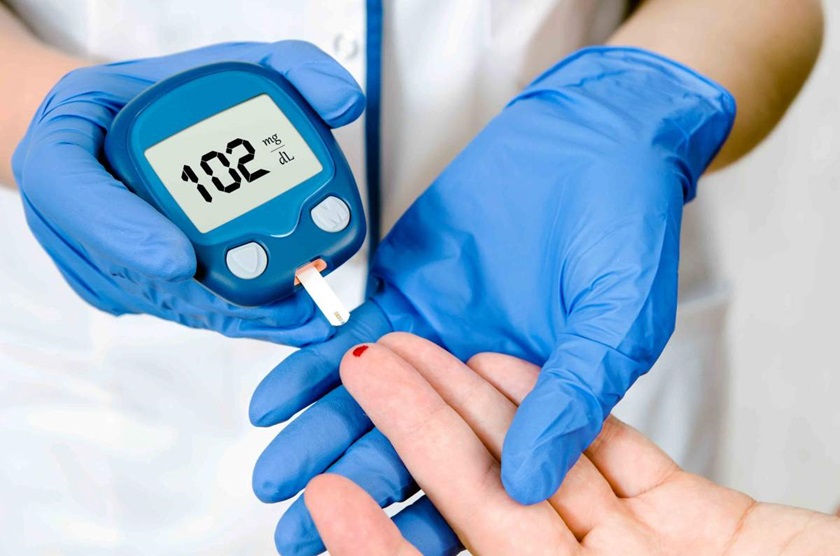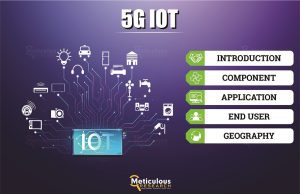
Point of care Diagnostics Market is expected to reach $43.1 billion by 2030, at a CAGR of 5.1% from 2023–2030.
The global prevalence of chronic diseases, such as diabetes, heart disease, and arthritis, continues to rise at an alarming rate. According to the World Health Organization (WHO), in 2020, approximately 57% of the global population was affected by chronic illnesses, with nearly 41 million deaths (71% of all deaths worldwide) attributed to these conditions. This surge in chronic disease cases is driven by aging populations and changing lifestyles. For instance, the International Diabetes Federation reported that the number of adults aged 20-79 living with diabetes increased from 425 million in 2017 to 537 million in 2021, with expectations to reach 643 million by 2030.
This increase in chronic diseases, particularly among the elderly, underscores the growing demand for efficient healthcare solutions. The aging population, especially those over 65, is more vulnerable to serious conditions like cardiovascular diseases (CVD), with nearly 80% of deaths from CVD occurring in this age group. Similarly, during the COVID-19 pandemic, around 80% of deaths were among individuals aged 65 and older. These statistics highlight how the expanding geriatric population, coupled with rising chronic disease cases, is driving the growth of the global point-of-care (PoC) diagnostics market.
Download Sample Copy: https://www.meticulousresearch.com/download-sample-report/cp_id=4871
Innovations in healthcare technology, including advancements in point-of-care diagnostics, are transforming the way medical conditions are diagnosed and managed. Modern technologies such as smartphone apps, microfluidics, biosensors, wearable devices, and digital infrastructure are improving diagnostic accuracy and accessibility. The integration of digital platforms like the Internet of Things (IoT) and machine learning into clinical settings enhances physicians’ ability to make faster, more accurate diagnoses. Moreover, digital tools allow for better documentation and analysis of patient data, reducing human error and improving overall patient care. These technological innovations are a key driver in the adoption of point-of-care diagnostic systems globally.
Healthcare providers are increasingly turning to PoC diagnostics for their efficiency, speed, and convenience. Traditional diagnostic methods—such as microscopy, pathogen culturing, and polymerase chain reaction (PCR)—are being replaced by faster, more reliable point-of-care techniques. This shift is driven by the superior utility and reproducibility of PoC diagnostics, which offer faster turnaround times and greater convenience compared to lab-based tests. The ability to deliver results within minutes or hours, as opposed to days, is critical in time-sensitive medical situations, allowing for rapid decision-making in patient care. PoC tests can also be performed on-site, eliminating the need for sample transport to a laboratory, making them particularly useful for rural or remote areas.
Another advantage of PoC diagnostics is cost-effectiveness. These tests require less equipment and fewer personnel, making them a more affordable option for healthcare providers, especially in resource-limited settings. Additionally, advances in diagnostic kits, such as ultra-fast PCR kits, are further enhancing the speed and accuracy of PoC diagnostics. For example, Eurofins Technologies launched the GSD Nova Prime SARS-CoV-2 Direct RT-PCR kit in February 2021, which delivers results in approximately one hour without sacrificing accuracy. This rapid testing capability has proven invaluable in responding to the COVID-19 pandemic and other urgent medical needs.
The rising demand for point-of-care diagnostics is also fueled by a global shortage of skilled professionals capable of performing complex lab tests. This shortage, combined with the increasing prevalence of chronic diseases and an aging population, is pushing healthcare providers to adopt PoC solutions that offer quick, reliable results with minimal human intervention. According to a report by Meticulous Research, these trends are expected to drive the global point-of-care diagnostics market to reach $43.1 billion by 2030, growing at a compound annual growth rate (CAGR) of 5.1%.
Buy Now: https://www.meticulousresearch.com/Checkout/33595865
In summary, the combination of a growing elderly population, increasing chronic disease prevalence, and a shortage of skilled medical professionals is accelerating the adoption of point-of-care diagnostics. Innovations in this field, particularly in digital technologies and faster diagnostic kits, are poised to reshape the future of healthcare, making diagnostics more accessible, efficient, and cost-effective.
Contact:
Mr. Khushal Bombe
Meticulous Market Research Inc.
1267 Willis St, Ste 200 Redding,
California, 96001, U.S.
USA: +1-646-781-8004
Europe : +44-203-868-8738
APAC: +91 744-7780008
Email- sales@meticulousresearch.com
Visit Our Website: https://www.meticulousresearch.com/
Connect with us on LinkedIn- https://www.linkedin.com/company/meticulous-research







